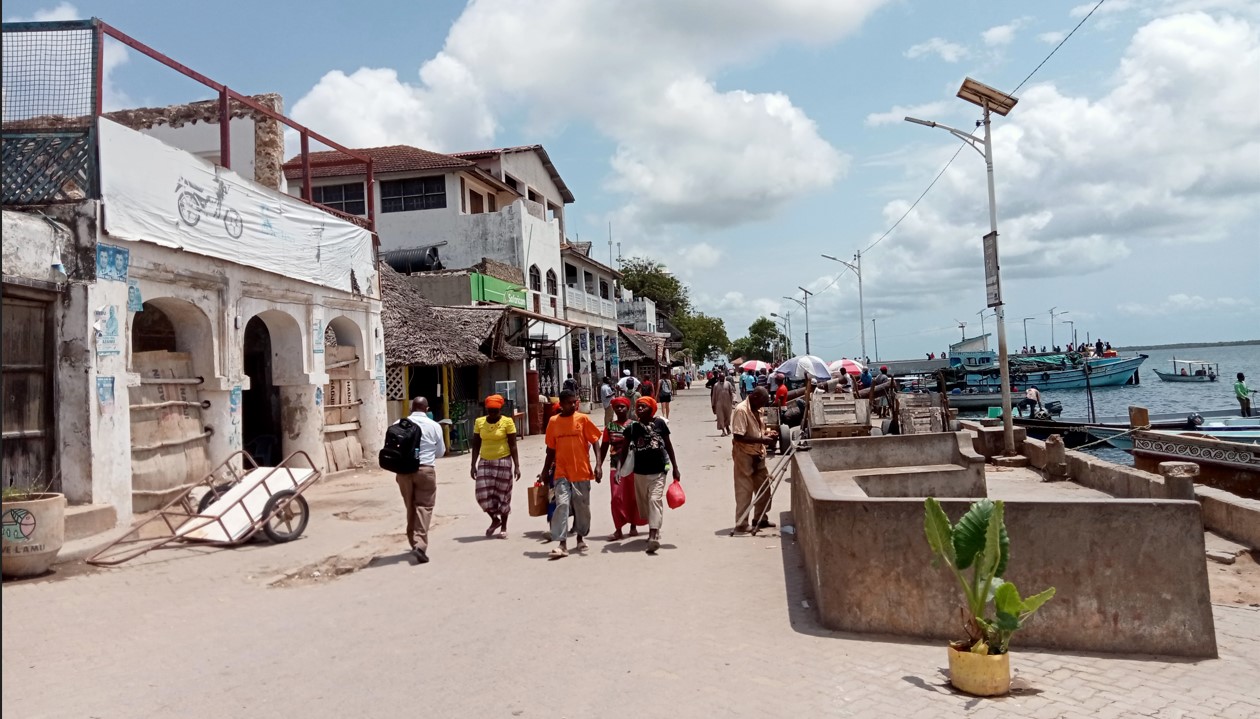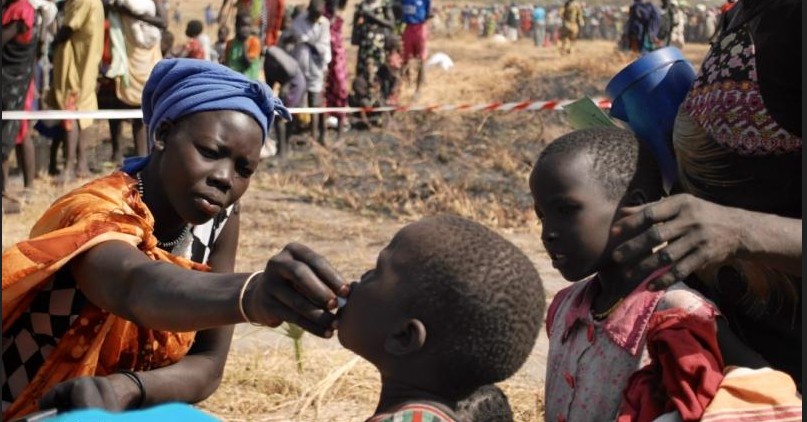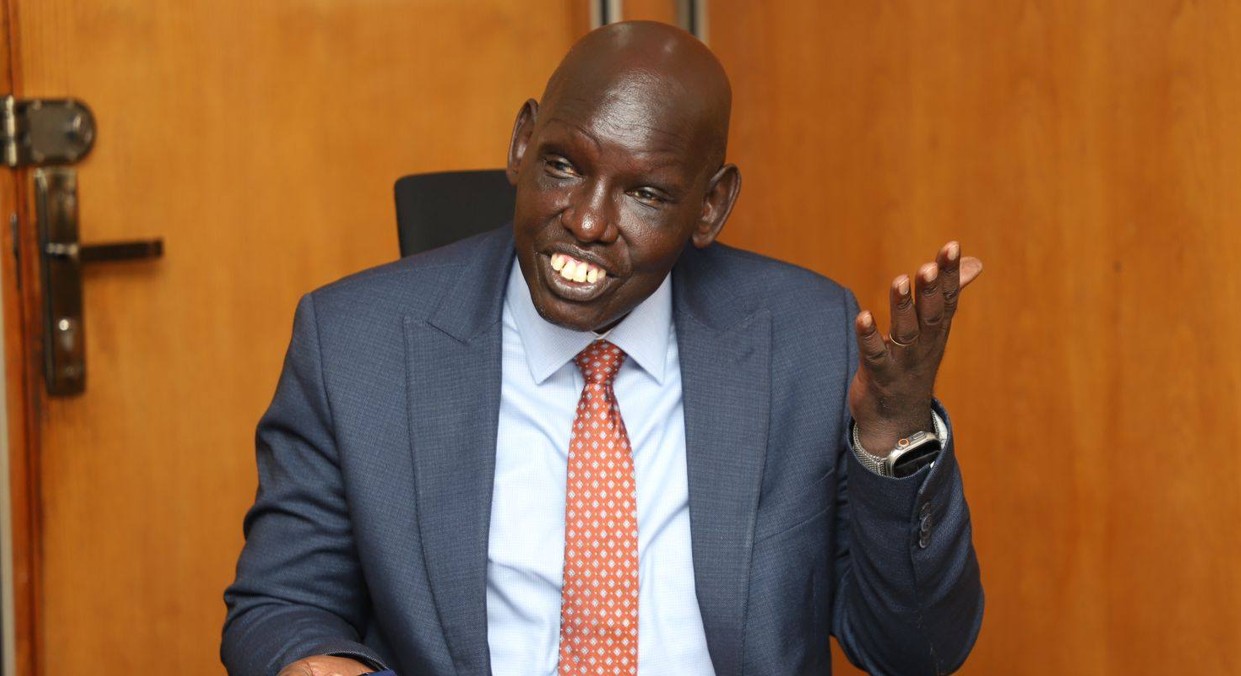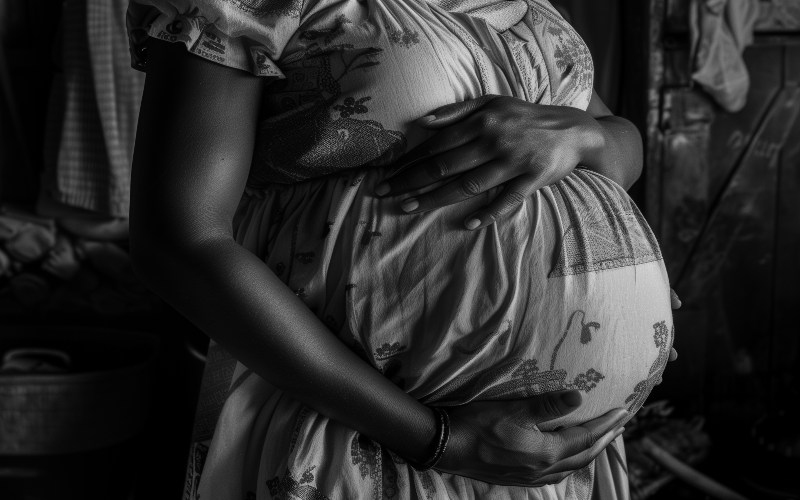Lamu, Mandera lead counties where tenants don’t pay rent - report

The report reveals that more than 600,000 households are living rent-free, with the consent of their landlords. Specifically, 638,761 households nationwide benefit from this arrangement.
Lamu and Mandera counties top the list of regions where tenants live without paying rent, according to the latest findings from the Kenya National Bureau of Statistics (KNBS).
The data, released in the Kenya Housing Survey for the 2023/24 financial year, highlights trends in housing conditions across the country.
More To Read
- MPs demand trader-centered designs in ESP market projects
- Nairobi housing projects face scrutiny over delays and poor workmanship
- Construction growth slows amid rising costs, labour shortages
- Kiunga residents in Lamu raise concerns over weapon testing near homes
- President Ruto cites big wins in jobs, digital economy and housing in 3-year scorecard
- Muslim ritual meets Swahili culture at Kenya’s unique annual Maulidi festival
The report reveals that more than 600,000 households are living rent-free, with the consent of their landlords. Specifically, 638,761 households nationwide benefit from this arrangement.
Lamu County leads with 19 per cent of its tenants not paying rent, followed closely by Mandera at 18.9 per cent, and Nyandarua at 12 per cent.
In Nairobi and Kiambu, 51,507 and 74,782 households, respectively, also enjoy the privilege of rent-free living.
However, the survey also uncovered that 111,089 tenants are occupying properties without their landlord’s consent, potentially facing legal consequences.
Mandera again leads this category with 14 per cent, followed by Lamu at nine per cent, and Garissa at 6.2 per cent.
The report also found that 8.5 million Kenyans are homeowners, with the majority living in rural areas (85.5 per cent) compared to urban areas. Meanwhile, 4.6 million tenants across the country pay rent or lease property.
The survey indicated that most homeowners (52.8 per cent) built their properties in a single construction phase, while 27 per cent engaged in incremental building.
Only 2.5 per cent of homes were purchased. The majority funded these projects through personal savings (91.4 per cent), with smaller numbers relying on loans (5.5 per cent), mortgages (0.2 per cent), or financial assistance from friends and family (1.2 per cent).
“Uptake of mortgages was low across the country with less than one per cent of households reporting to have acquired their homes through mortgages,” reads the report.
Additionally, the report highlighted a lack of formal agreements between landlords and tenants, with 71.8 per cent of tenants not having written contracts.
Counties such as Kajiado (69.4 per cent), Taita Taveta (50.2 per cent), and Nairobi (40.5 per cent) recorded the highest proportions of tenants with written agreements.
Interestingly, Mandera County had no households with a written rent agreement.
In terms of employment, the working population was primarily from rural areas, with men having a higher employment rate (68.1 per cent) compared to women (55.1 per cent).
The national unemployment rate stood at 11.5 per cent for women and 6.9 per cent for men, with urban areas experiencing a higher unemployment rate (12.5 per cent) compared to rural areas (7.2 per cent).
Top Stories Today












































